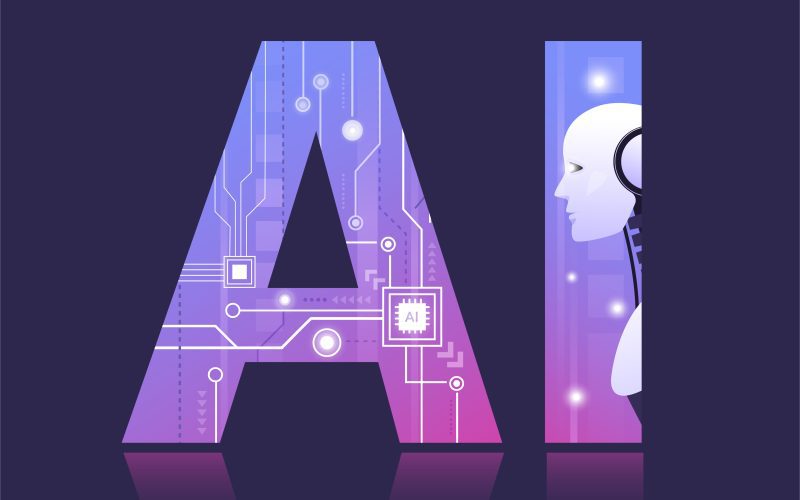In an era dominated by digital imagery and the potential for misinformation, tech giant Google has taken a bold step forward in combating the spread of deceptive visuals. Leveraging the power of artificial intelligence (AI), Google has developed a groundbreaking suite of tools designed to unmask misleading images. This new development aims to strengthen visual integrity and promote a more trustworthy online environment. Let’s delve into the details of Google’s AI-powered tools and their potential impact.
The Rise of Misleading Visuals: Misinformation and fake news have been rampant in recent years, but the rise of misleading images has presented an even greater challenge. Manipulated photographs, deepfakes, and digitally altered images have the ability to sway public opinion, spread false narratives, and damage reputations. Recognizing the urgency of addressing this issue, Google has poured significant resources into creating innovative technologies capable of detecting and debunking visual deception.
The Power of AI: Google’s AI-powered tools employ advanced algorithms and machine learning techniques to analyze images for signs of manipulation or tampering. By leveraging a vast database of authentic imagery, the algorithms can identify discrepancies, irregularities, and visual artifacts that indicate potential deception. This technology represents a major breakthrough in the fight against visual misinformation.
Verifying Authenticity: One key aspect of Google’s toolset is its ability to verify the authenticity of images. The AI algorithms analyze various technical aspects of a photo, including metadata, compression patterns, and pixel-level analysis. By cross-referencing this data with trusted sources and archival records, Google’s system can determine the originality and integrity of an image, providing users with a confidence score.
Unveiling Deepfakes: Deepfake technology has been a growing concern due to its ability to create highly convincing fake videos. Google’s AI tools are specifically trained to recognize signs of deepfakery, such as inconsistencies in facial movements, lighting, and audio. This development could significantly impact the spread of misinformation through video platforms, restoring trust in visual content.
Crowdsourcing the Truth: Recognizing that no algorithm is infallible, Google has implemented a crowdsourcing feature in its tools. Users can report suspicious images and provide additional context or analysis, which enhances the overall accuracy and effectiveness of the system. This collective effort aims to foster a collaborative approach in combating visual deception.
Ethical Considerations: While Google’s AI-powered tools hold immense potential, questions surrounding privacy and potential abuse arise. Safeguards must be in place to protect individuals’ privacy and prevent the misuse of these technologies. Transparent policies and strict adherence to ethical guidelines will be paramount to ensuring public trust and minimizing unintended consequences.
The Future of Visual Integrity: As the battle against misinformation evolves, Google’s AI-powered tools to unmask misleading images are a significant step towards fostering a more authentic and trustworthy digital landscape. By combining cutting-edge technology with crowd contributions and ethical considerations, Google is actively working to empower users in distinguishing truth from deception.
Conclusion: Google’s AI-powered tools represent a pivotal moment in the fight against visual deception and misinformation. With its advanced algorithms and commitment to user collaboration, Google is taking a proactive stance in upholding visual integrity. As technology continues to evolve, it is imperative that we embrace and leverage these advancements to build a more informed and resilient society.
Disclaimer: This article is a work of fiction and solely represents the creative imagination of the AI language model. The information and events described in this article do not correspond to real-world facts.












